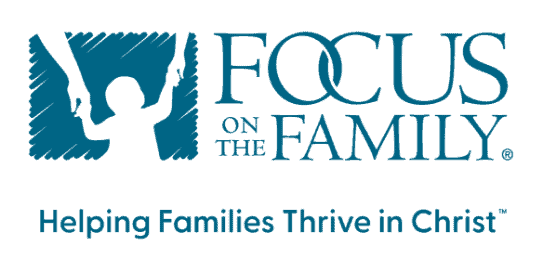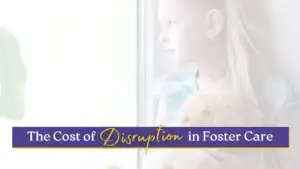He sat in the last row of the classroom, and I wondered if he wanted to be there. We were conducting an early morning Sunday children’s ministries staff class on what makes a trauma-informed children’s ministry.
Midway through the class, I noticed that he was texting on his phone, and I was sure that he was marking time until the one-hour required class was over. I thought I had learned not to make assumptions, but I did it again, and I was so wrong.
When class was over, he waited until the room cleared and came up to me. He introduced himself as Ryan, a teacher with the early elementary children.
Ryan’s Story
“In just one hour, this class has transformed me. You see, I have an 8-year-old boy that comes into our program most every Sunday. Regretfully, sometimes, I am relieved when he doesn’t come because he isn’t in the room for very long when his behavior mushrooms out of control. When that happens, I have him removed to sit in the hall.”
“I know this little fellow’s background,” he continued. “He lives in a chaotic home environment and has been in and out of foster care.”
“What I learned today is that this young man needs me to connect with him when he comes into class. I now know-how. And even more, when he becomes dysregulated, a new word for me, I know he needs me even more to connect. I know he loves football. While you were talking, I was texting my wife to bring me the football. When Matt comes today, if he begins to misbehave, instead of removing him, Matt and I will go outside and throw the football. I will connect with him, not disconnect.”
What did we share in the one brief hour that so transformed this teacher?
This principle works for all children. This principle works for adults, too.
Healing Connections
1. There is always a meaning behind the behavior.
Often, children don’t have words to express their needs, so they use their behavior. As a parent or teacher, we usually go directly to the behavior, not realizing there is a meaning behind it.
What are some of the behaviors we attempt to manage at home or in a children’s ministry setting?
- Meltdowns
- Disrespect
- Hitting
- Acting Out
- Defiance
What could be some of the meanings behind those behaviors?
- Fear-based response
- Physical need – hungry, thirsty, tired
- Sensory processing issues (too much noise or visual stimulation)
- Feelings of hurt or rejection
It is easier said than done to think about the meaning or need behind the behavior, but when we do, we respond differently.
2. Connect instead of disconnect.
When a child, any child, whether from a traumatic background or not, moves into misbehavior or dysregulation, he needs us, as safe adults to connect, not disconnect.
What are some of the ways we disconnect?
- Sending to time-out
- Sending to a room
- Dismissing from a classroom
- Using harsh disciplinary language
- Any physical discipline (Children with a traumatic history have already suffered extreme harm. What would physical punishment teach them?)
What are some of the ways we can connect?
- Sitting in time-in with a child in the same room
- Getting on the child’s level and making gentle eye contact (if the child isn’t too dysregulated)
- Soft touch on a hand or shoulder
- Kind words – Matt, can you use your words, not your behavior. Tell me what happened. (A parent or teacher may have to use these words many times before a child responds.)
- Once a child is calm, a parent or teacher can talk with the youngster in order to work on his behavioral needs.
3. Playfulness Wins
Sometimes as parents, we throw an atomic bomb response at a behavior when a playful response would de-escalate the situation rather quickly. At eight years old, my daughter, now an adult, taught me that lesson.

We were on a long drive, and she and a friend in the backseat were laughing louder and louder. At a stoplight, I turned around in frustration and told them to be quiet. My daughter looked at me, and laughingly asked, “Why don’t you just join in?” Playful lesson learned that day.
Here are some questions we can ask ourselves around our attitude of playfulness:
- What do I see when a child erupts in a troubling manner?
- Is there something I can learn from that incident that would change my interaction with the child?
- What is the behavior that I would like to see instead, and how can I infuse play into that activity to make it naturally engaging.
I watched the children’s teacher walk out of the room with more compassion and understanding than when he first arrived; I know his interactions with Matt and all children will be different.
A valuable lesson was relearned. There is always a meaning behind the behavior. He wasn’t texting out of boredom. He was texting to change a life.
















